Nuisance Wildlife Removal
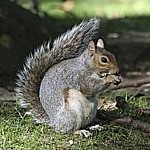 Gray Squirrels
Gray Squirrels
Long Island’s #1 nuisance animal. The suburban Gray Squirrel populations are well beyond the carrying capacity of almost every neighborhood on Long Island.
 Raccoons
Raccoons
One of Long Island’s most common nuisance animals. Population densities have been estimated at 65+ raccoons per square mile across most of Long Island. Raccoons mate in January-February.
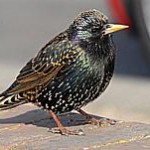 Birds
Birds
There are many nuisance birds on Long Island. Pigeons, Starlings, English Sparrows and Woodpeckers are some of the common nuisance birds. Birds often become a nuisance when they roost, nest or feed in large numbers.
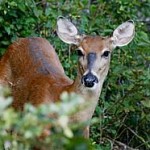 Deer
Deer
The deer problem on Long Island has accelerated in recent years due to several factors. As the ever-increasing suburban sprawl continues to expand, it actually creates perfect environs where deer can proliferate at alarming rates.
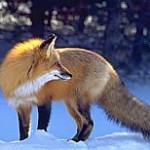 Red Fox
Red Fox
The Red Fox is more common on Long Island than most people are aware of. Red Fox can be found from New York City to Montauk. Red Fox can become a nuisance for homeowners with pets especially during the mating season and when vixen fox have their pups.
 Moles
Moles
Moles are a headache to many Long Island homeowners who put their sweat and pride into their landscaping and lawns. Moles tunnel at 18 feet an hour.
 Opossum
Opossum
An opossum is a fairly common nuisance in Long Island neighborhoods. Generally, these animals do not create the kind of damage that Raccoons and Squirrels can but often use pre-existing gaps and crevices to work their way into the home.
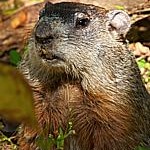 Woodchucks
Woodchucks
An increasingly more common nuisance animal on eastern Long Island. As more agricultural land is developed woodchucks are beginning to utilize backyard gardens as food sources and are burrowing under fences, sheds and decks to den and rear their young.
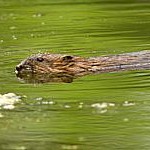 Muskrats
Muskrats
An occasional nuisance to homeowners who live near a pond or marsh. Muskrats will eat aquatic plants in landscaping ponds, erode the banks of a pond with their dens and feeding burrows and sometimes take up residence in a swimming pool.
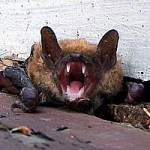 Bats
Bats
Bats get very little respect from most people who have problems with them or encounter them. Known to be “America’s most feared animal”, bats are very beneficial to our Long Island ecosystem.
